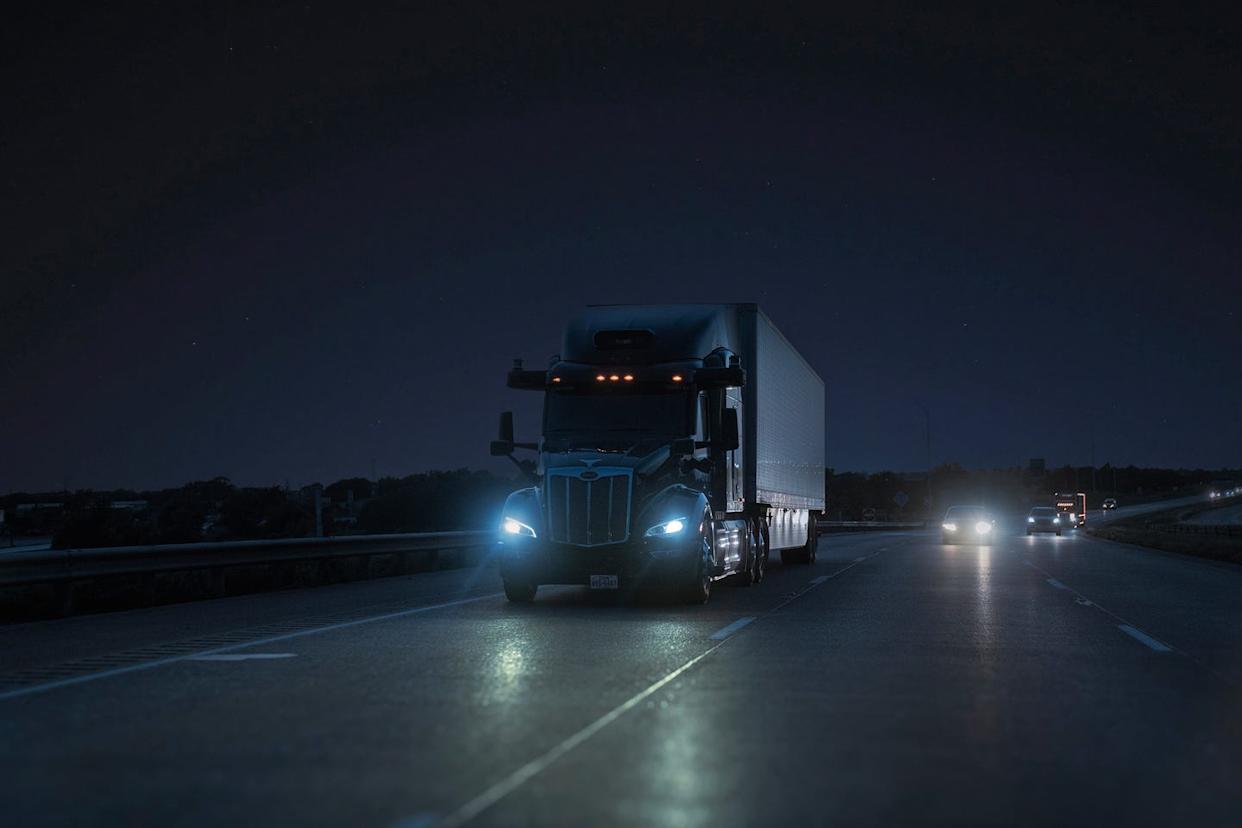
Aurora Innovation has been testing its driverless, SAE Level 4 trucks at night, which could greatly cut down the time required for long-haul routes.
The sensor suite on board, including lidar, allows trucks to detect objects hundreds of meters away at night.
The advantage of non-stop driving for hundreds of miles is expected to unlock great efficiencies for freight operators, offering an alternative to human drivers.
By now SAE Level 4 tech has advanced to the point where, loaded with enough radar sensors and cameras, a car or truck from any number of autonomous tech developers can see hundreds of yards down the road. At least in the daytime.
But getting autonomous trucks to operate safely at night has been one of the holy grails of autonomous vehicle research, as trucks can be much more efficient on emptier roads free of daytime traffic.
That's just what Aurora Innovation, an autonomous truck developer, has been doing after recently launching driverless commercial operations on its Dallas-to-Houston lane.
"Just three months after launch, we're running driverless operations day and night and we've expanded our terminal network to Phoenix," said Chris Urmson, co-founder and CEO of Aurora.
The company says nighttime operations more than double the trucks' utilization potential, with the help of its proprietary, long-range FirstLight Lidar that can see objects over 450 meters (492 yards) away in darkness, including pedestrians, debris, and other vehicles up to 11 seconds sooner than a human driver.
Less traffic and cooler operating temperatures for onboard equipment are just two of the advantages that nighttime autonomous trucking promises. The other is the ability to cover longer distances without the need for downtime or driver swaps.
Freeing Up Interstates in the Daytime
For instance, a route from Fort Worth to Phoenix, a distance of some 1,033 miles, usually takes a human driver with an 18-wheeler more than 15 hours in a best-case scenario.
But autonomous trucks do not have to adhere to 11-hour driving limits for human drivers, allowing driverless trucks to shave quite a bit of time off the route.
"This capability more than doubles truck utilization potential, significantly shortening delivery times on long-haul routes and creating a path to profitability for autonomous trucking," the company notes.
But there are still hurdles between the present day and our autonomous trucking future, in which most deliveries can be made at night to free up the interstates in the daytime.
For now, autonomous trucks are only beginning to cross between two different jurisdictions, as only a handful of southwestern states are as liberal toward autonomous trucks as Texas has been.
Another hurdle is the need for truck depots customized to handle autonomous tractor trailers—something Aurora and others have been working on to prepare for a driverless truck future.
"Our rapid progress is beginning to unlock the full value of self-driving trucks for our customers, which has the potential to transform the trillion-dollar trucking industry," Urmson adds.
The last hurdle is achieving profitability versus using human drivers on an industry-wide scale. The robotaxi industry has been grappling with this, investing billions to make SAE Level 4 automation a reality.
Will even 20% of the interstate truck freight be handled by autonomous trucks by 2030? Let us know what you think in the comments below.
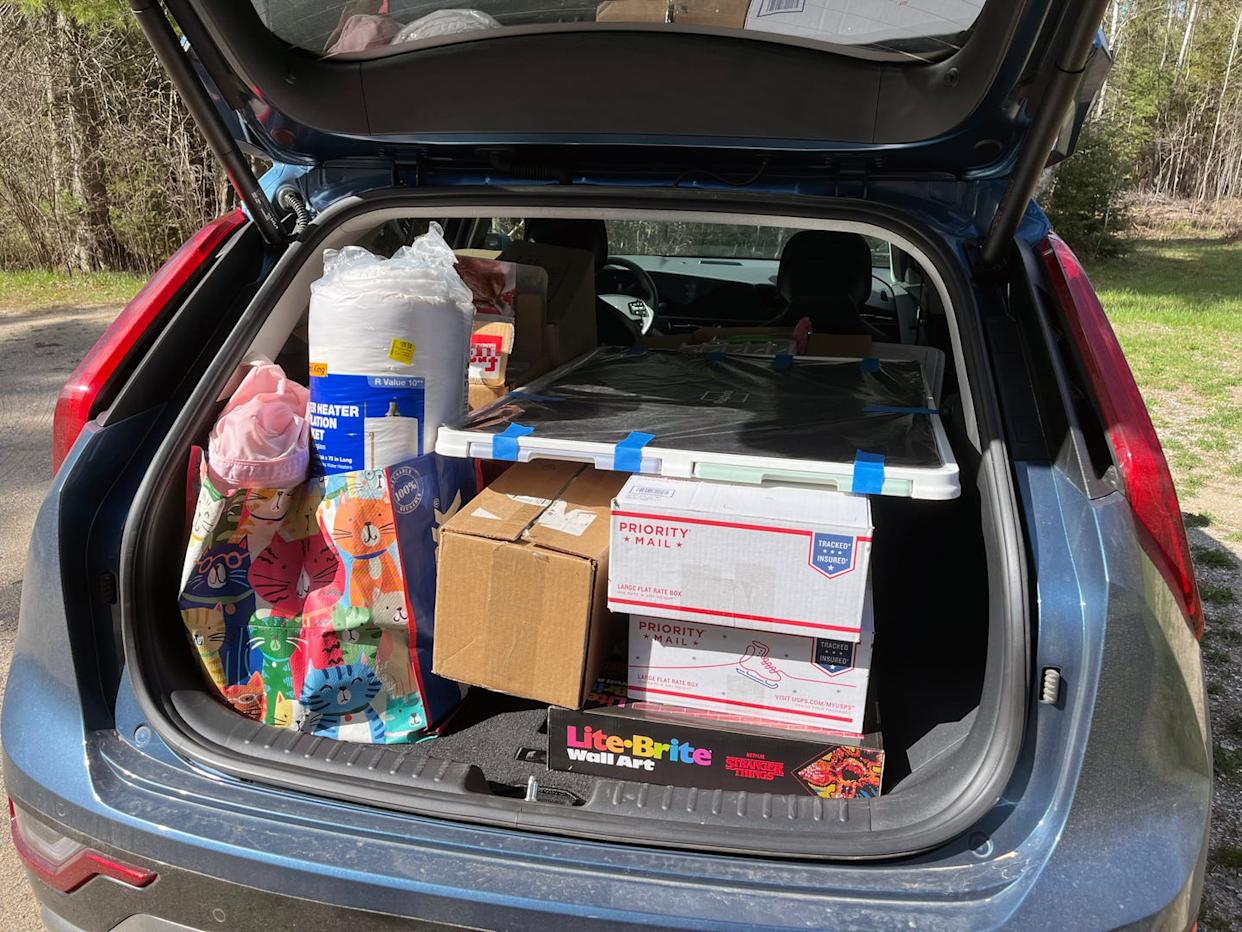



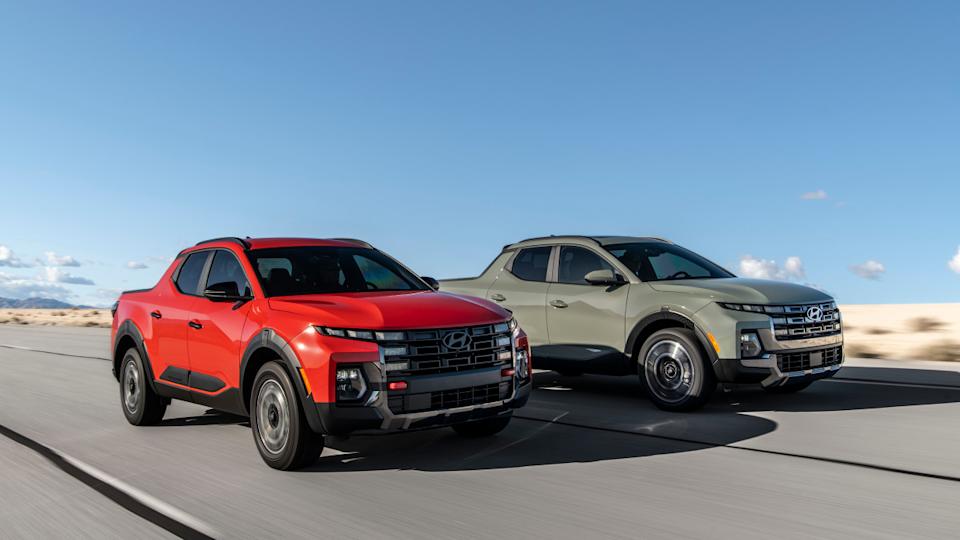
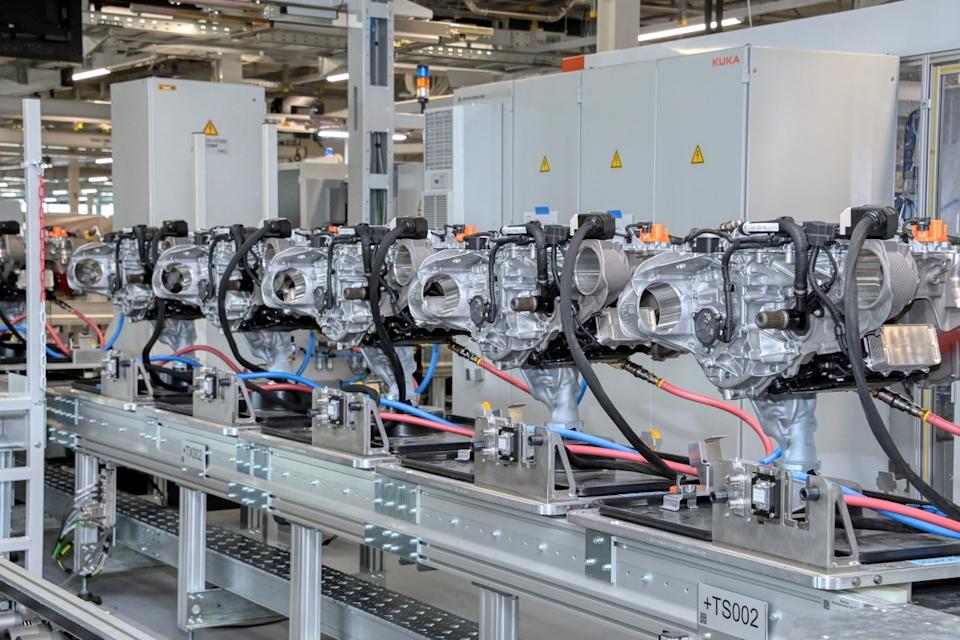
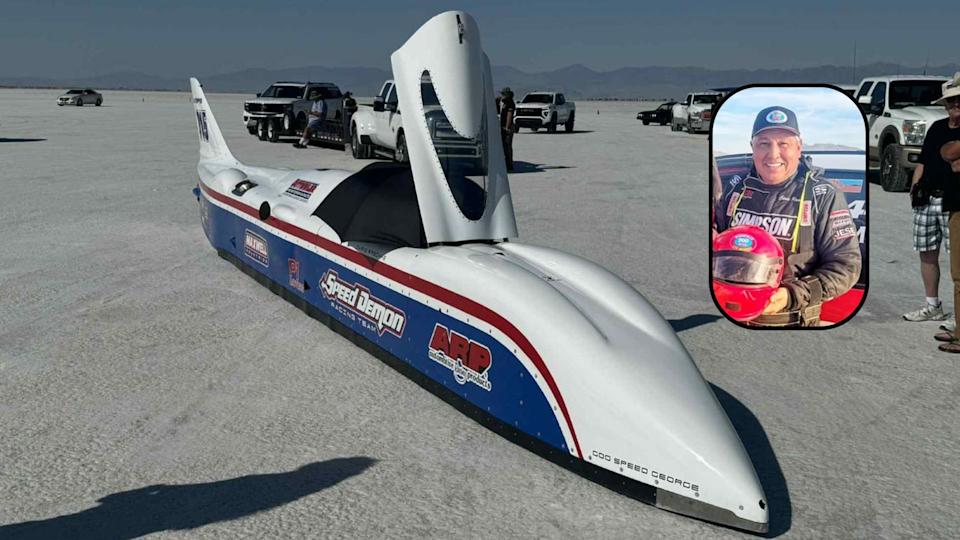
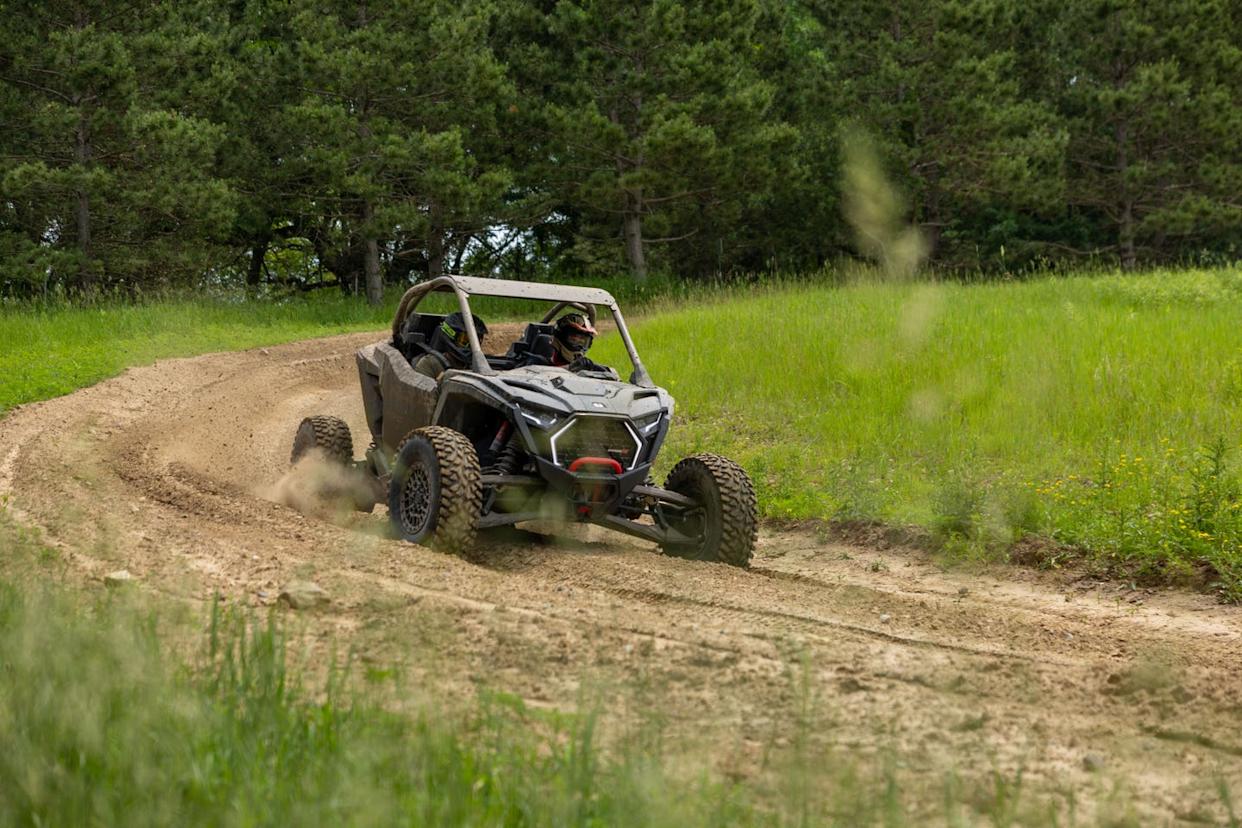
Comments